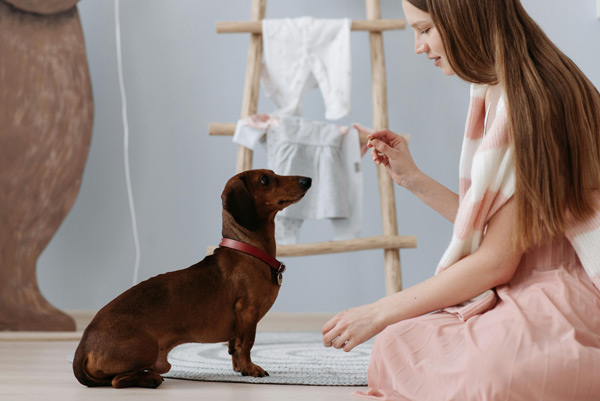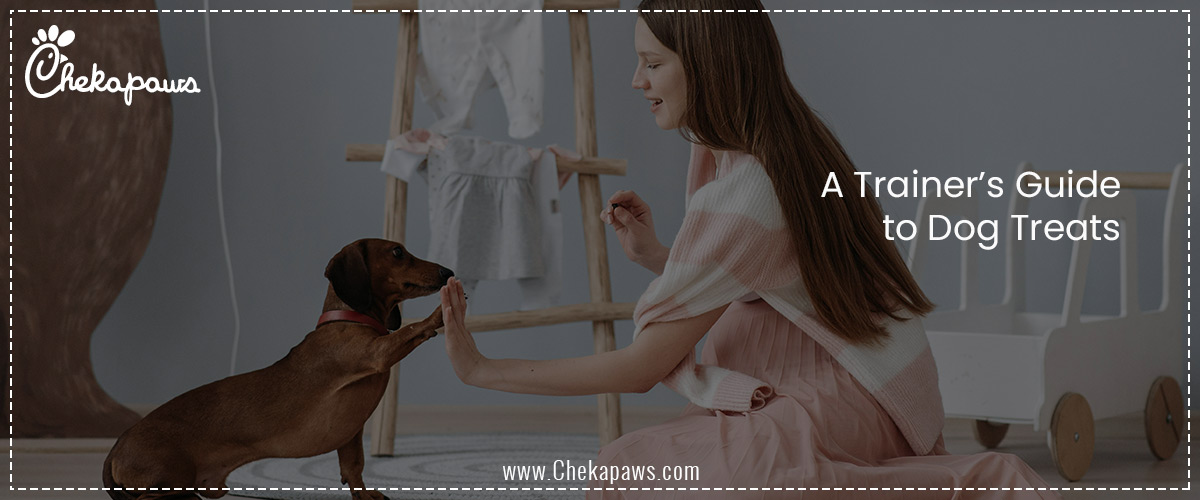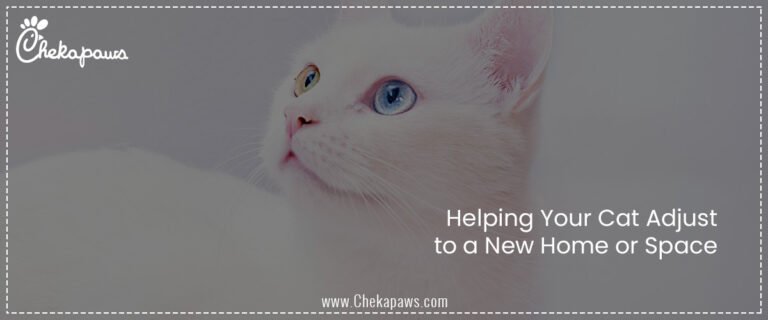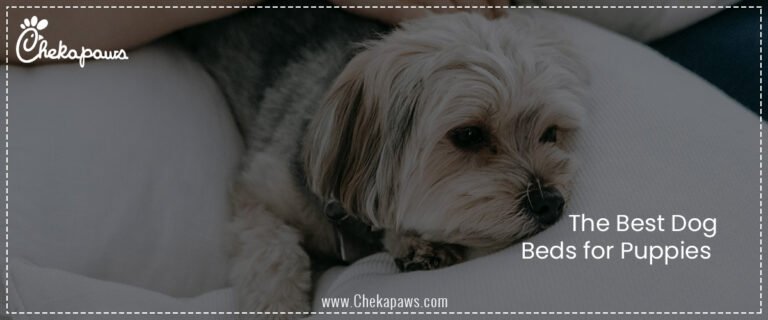Treats are now an essential part of the softer, scientifically supported ways to dog training that have replaced dominance-based strategies. Treats are one of the most effective tools in a trainer’s toolbox when used carefully. They are more than simply treats, they are signs of communication between you and your dog, as well as motivators and confidence enhancers. We’ll go over all you need to know about dog treats in this article, including how to utilize them effectively during training.
Table of Contents

Types of Dog Treats
Commercial Treats
- Crunchy treats and biscuits: Not the best for quick training, but great for general rewards.
- Soft Chews: Because they are quick to consume and easy to chew, they are ideal for training.
- Freeze-Dried Meats: Expensive treats that dogs frequently can’t resist.
Homemade Treats
- Made from ingredients such as peanut butter oats, cheese cubes.
- Let you manage quality, stay away from preservatives, and accommodate dietary restrictions.
Treats with a High Value against a Low Value
- High-value treats, such liver or sardines, are used for challenging activities or as a diversion.
- Low-value treats, such as biscuit bits or kibble, are used for simple or repetitive tasks.
Choosing the Right Treats
Every dog is unique. To choose the right treat, consider:
Size & Breed
- Smaller, softer parts are required for smaller breeds.
- Although they may require larger rewards, large dogs should control their caloric intake.
Age and Stage of Life
- Puppies require little, nutrient-dense snacks.
- Because of dental wear, seniors benefit from soft-textured alternatives.
Dietary Limitations
- Single-protein treats may be more effective for dogs with grain allergies.
- Avoid clear of artificial preservatives and colors.
Reading the Label
- Avoid artificial flavors, corn, soy, and BHA.
Treats and Training Philosophy
Positive Reinforcement
By teaching dogs that positive behavior results in a reward, this technique increases the likelihood that they will repeat it.
Time Is Everything
Giving a treat too late could encourage the incorrect behavior. Within 1-2 seconds of the desired behavior, deliver it.
Treat Size and Frequency
- Training rewards ought to be as small as a pea.
- Instead of using ten large snacks during tough sessions, use hundreds of small bits.
Treats by Training Stage
Puppies
To teach basic cues like “sit,” “stay,” and “come,” use soft, delicious treats. Short sessions and give frequent rewards.
Adolescents
Use greater-value treats as your dog gets older for managing behavioral issues like ignoring distractions or tugging on the leash.
Advanced Training
Rotate high-value treats for tricks, agility, or scent work to keep things interesting.
Changes in Behavior
Strong positive associations are necessary for dogs who struggle with anxiety or reactivity. In desensitization and counter-conditioning methods, treats are essential.
Using Treats to Solve Behavioral Issues
Jumping
Provide a lot of treats for calming greetings and teach “sit” as a substitute behaviour.
Barking
Reward calm behaviour with treats and give cues, such as “quiet.”
Leash Pulling
Every few steps, mark and praise loose-leash walking.
Fear or Reactivity
Combine the presence of the trigger (an additional dog, for example) with a valuable treat that is kept at a safe distance. Reduce the distance gradually.
Mistakes to Avoid When Using Treats
- Asking first, rewarding second is bribery rather than reinforcement.
- Late rewards: Always mark the behavior right away.
- Weaning off treats: Don’t limit your dog’s behaviour to times when food is in plain sight.
- Overfeeding: Make sure your dog’s daily allotment includes reward calories.
Frequently Asked Questions
Do bones or rawhide make good treats?
A: Not at all. They are not training treats; they are durable chews. Avoid rawhide for your own safety.
How frequently should I offer treats?
A: To avoid weight gain during training, balance daily caloric intake and give modest rewards often.
Q: My dog no longer enjoys goodies. Why?
A: To cut down on distractions, you might require more expensive products or alter the surroundings.
Conclusion
When managed properly, dog treats may turn training from a chore into a fun pastime that strengthens bonds. Treats support behaviour modification, learning motivation, and reinforcement of positive choices from puppyhood to old age. A competent trainer knows how to use treats as currency in a communication system based on time, trust, and positive reinforcement, not merely as food.
When it comes to training skills, resolving behavioral issues, or just rewarding a “sit,” the timing of the treat is crucial. Because excellent behavior merits excellent rewards, follow this guidance to treat your dog sensibly, safely, and purposefully.







